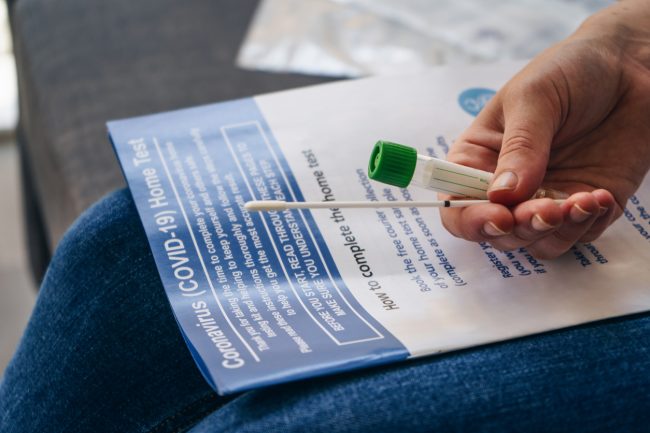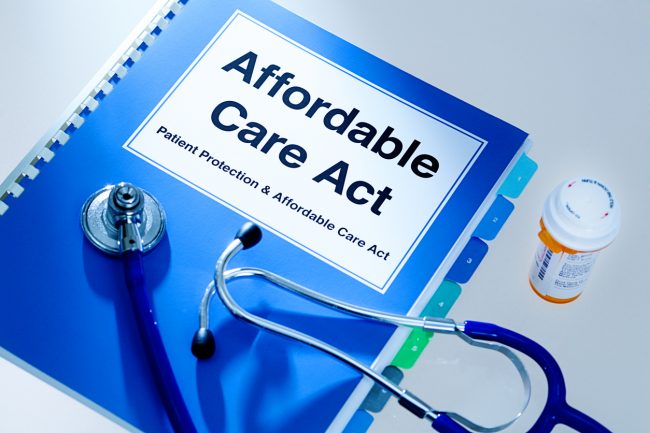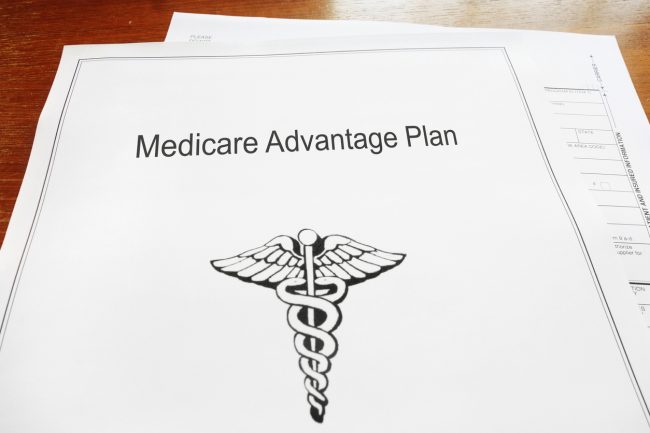Put Money into an HSA instead of a 401(k) After Employer Matching: Report
One of the main recommendations for employees with 401(k) plans is that they should contribute at least enough to their plan every paycheck to ensure they receive the maximum they can in their employer’s matching contributions.
But a new study by Willis Towers Watson recommends that younger, healthier workers should divert savings to their health savings account from their 401(k) after capping out employer matching instead of continuing to put money into their retirement plan.
The report reasons that if they do this, they can get more bang for their buck when they use their HSAs to pay for future medical expenses.
That’s because HSAs can be kept for life and the money they’ve accumulated in them can be used to pay for medical expenses whenever they need them, including in retirement. And the moneys used in HSAs to pay for those expenses are not taxed when they are withdrawn, unlike 401(k)s, the funds of which are subject to federal income tax when withdrawn
The benefits of HSAs
With HSAs:
- Pretax contributions, gains from investment, and withdrawals used for qualified medical expenses are exempt from federal and most state taxes.
- Any unused balance is carried over to the next year.
- Funds never expire.
- Unused funds can be passed on to a beneficiary after death.
- After turning 65, account holders can withdraw money for any purpose. However, if those funds are not use for a bona fide medical expense, they are taxed as income.
No other retirement savings vehicle has the same tax advantages as an HSA, so a dollar saved in an HSA can be worth significantly more than an unmatched dollar saved in a 401(k), according to Willis Towers Watson. Some employers will match a portion of workers’ HSA contributions or seed their accounts with money to encourage participation.
That said, HSAs won’t outperform funds that are matched partly or fully by an employer, according to the report.
Willis Towers Watson said that those tax-free dollars and withdrawals can help pay for health care when we are likely to use it most: in retirement.
Men who retire at 65 with an average life expectancy of 85 would spend about $140,000 out of pocket for medical costs, and woman who retires at the same age and lives to 87 would spend an average of $159,000, according to the research.
The HSA pitch
HSAs can only be used in conjunction with a high-deductible health plan. When HSAs were first introduced, they did not have investment options for the money in the accounts, but as they have grown in popularity over the years, many HSAs now have evolved to essentially have the same investment choices as a 401(k).
HSAs have rules about how much of the balance can be invested. They will typically require that the first $1,000 in the account to be held in cash, and anything above that can be invested to help the funds grow over time.
In 2021, workers can contribute a maximum of $3,600 to their individual HSA account and $7,200 to a family coverage account.
If you are offering your workers high-deductible health plans with matching HSAs, and if you also provide a 401(k) and match part of the contributions, you may want to consider sharing this information with them to help them make informed choices on where to park their money for future use.











